01.12.2021
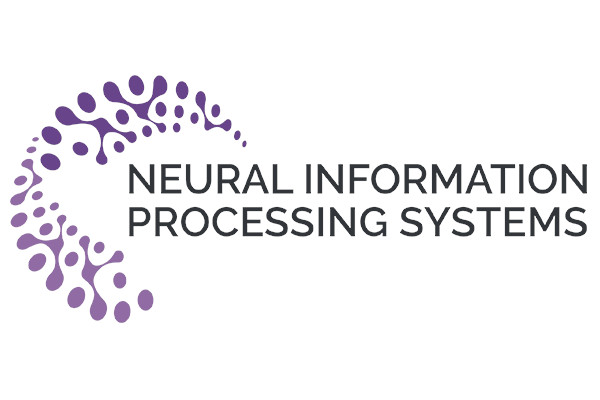
MCML Researchers With Seven Papers at NeurIPS 2021
35th Conference on Neural Information Processing Systems (NeurIPS 2021). Virtual, 06.12.2021–14.12.2021
We are happy to announce that MCML researchers are represented with seven papers at NeurIPS 2021. Congrats to our researchers!
Main Track (2 papers)
Explaining Hyperparameter Optimization via Partial Dependence Plots.
NeurIPS 2021 - 35th Conference on Neural Information Processing Systems. Virtual, Dec 06-14, 2021. URL GitHub
Abstract
Automated hyperparameter optimization (HPO) can support practitioners to obtain peak performance in machine learning models. However, there is often a lack of valuable insights into the effects of different hyperparameters on the final model performance. This lack of explainability makes it difficult to trust and understand the automated HPO process and its results. We suggest using interpretable machine learning (IML) to gain insights from the experimental data obtained during HPO with Bayesian optimization (BO). BO tends to focus on promising regions with potential high-performance configurations and thus induces a sampling bias. Hence, many IML techniques, such as the partial dependence plot (PDP), carry the risk of generating biased interpretations. By leveraging the posterior uncertainty of the BO surrogate model, we introduce a variant of the PDP with estimated confidence bands. We propose to partition the hyperparameter space to obtain more confident and reliable PDPs in relevant sub-regions. In an experimental study, we provide quantitative evidence for the increased quality of the PDPs within sub-regions.
MCML Authors

Julia Moosbauer
Dr.
* Former Member

Julia Herbinger
Dr.
* Former Member
Fine-Grained Neural Network Explanation by Identifying Input Features with Predictive Information.
NeurIPS 2021 - Track on Datasets and Benchmarks at the 35th Conference on Neural Information Processing Systems. Virtual, Dec 06-14, 2021. URL
Abstract
One principal approach for illuminating a black-box neural network is feature attribution, i.e. identifying the importance of input features for the network’s prediction. The predictive information of features is recently proposed as a proxy for the measure of their importance. So far, the predictive information is only identified for latent features by placing an information bottleneck within the network. We propose a method to identify features with predictive information in the input domain. The method results in fine-grained identification of input features’ information and is agnostic to network architecture. The core idea of our method is leveraging a bottleneck on the input that only lets input features associated with predictive latent features pass through. We compare our method with several feature attribution methods using mainstream feature attribution evaluation experiments. The code is publicly available.
MCML Authors

Ashkan Khakzar
Dr.
Workshops (5 papers)
OpenML Benchmarking Suites.
Track on Datasets and Benchmarks @NeurIPS 2021 - Track on Datasets and Benchmarks at the 35th Conference on Neural Information Processing Systems. Virtual, Dec 06-14, 2021. URL
Abstract
Machine learning research depends on objectively interpretable, comparable, and reproducible algorithm benchmarks. We advocate the use of curated, comprehensive suites of machine learning tasks to standardize the setup, execution, and reporting of benchmarks. We enable this through software tools that help to create and leverage these benchmarking suites. These are seamlessly integrated into the OpenML platform, and accessible through interfaces in Python, Java, and R. OpenML benchmarking suites (a) are easy to use through standardized data formats, APIs, and client libraries; (b) come with extensive meta-information on the included datasets; and (c) allow benchmarks to be shared and reused in future studies. We then present a first, carefully curated and practical benchmarking suite for classification: the OpenML Curated Classification benchmarking suite 2018 (OpenML-CC18). Finally, we discuss use cases and applications which demonstrate the usefulness of OpenML benchmarking suites and the OpenML-CC18 in particular.
MCML Authors

Michel Lang
Dr.
* Former Member
Identifying the atmospheric drivers of drought and heat using a smoothed deep learning approach.
Tackling Climate Change with ML @NeurIPS 2021 - Workshop on Tackling Climate Change with Machine Learning at the 35th Conference on Neural Information Processing Systems. Virtual, Dec 06-14, 2021. PDF
Abstract
Europe was hit by several, disastrous heat and drought events in recent summers. Besides thermodynamic influences, such hot and dry extremes are driven by certain atmospheric situations including anticyclonic conditions. Effects of climate change on atmospheric circulations are complex and many open research questions remain in this context, e.g., on future trends of anticyclonic conditions. Based on the combination of a catalog of labeled circulation patterns and spatial atmospheric variables, we propose a smoothed convolutional neural network classifier for six types of anticyclonic circulations that are associated with drought and heat. Our work can help to identify important drivers of hot and dry extremes in climate simulations, which allows to unveil the impact of climate change on these drivers. We address various challenges inherent to circulation pattern classification that are also present in other climate patterns, e.g., subjective labels and unambiguous transition periods.
MCML Authors

Maximilian Weigert
* Former Member
Towards modelling hazard factors in unstructured data spaces using gradient-based latent interpolation.
Deep Generative Models and Downstream Applications @NeurIPS 2021 - Workshop on Deep Generative Models and Downstream Applications at the 35th Conference on Neural Information Processing Systems. Virtual, Dec 06-14, 2021. PDF
Abstract
The application of deep learning in survival analysis (SA) allows utilizing unstructured and high-dimensional data types uncommon in traditional survival methods. This allows to advance methods in fields such as digital health, predictive maintenance, and churn analysis, but often yields less interpretable and intuitively understandable models due to the black-box character of deep learning-based approaches. We close this gap by proposing 1) a multi-task variational autoencoder (VAE) with survival objective, yielding survival-oriented embeddings, and 2) a novel method HazardWalk that allows to model hazard factors in the original data space. HazardWalk transforms the latent distribution of our autoencoder into areas of maximized/minimized hazard and then uses the decoder to project changes to the original domain. Our procedure is evaluated on a simulated dataset as well as on a dataset of CT imaging data of patients with liver metastases.
MCML Authors

Tobias Weber
* Former Member
Survival-oriented embeddings for improving accessibility to complex data structures.
Bridging the Gap: from ML Research to Clinical Practice @NeurIPS 2021 - Workshop on Bridging the Gap: from Machine Learning Research to Clinical Practice at the 35th Conference on Neural Information Processing Systems. Virtual, Dec 06-14, 2021. arXiv
Abstract
Deep learning excels in the analysis of unstructured data and recent advancements allow to extend these techniques to survival analysis. In the context of clinical radiology, this enables, e.g., to relate unstructured volumetric images to a risk score or a prognosis of life expectancy and support clinical decision making. Medical applications are, however, associated with high criticality and consequently, neither medical personnel nor patients do usually accept black box models as reason or basis for decisions. Apart from averseness to new technologies, this is due to missing interpretability, transparency and accountability of many machine learning methods. We propose a hazard-regularized variational autoencoder that supports straightforward interpretation of deep neural architectures in the context of survival analysis, a field highly relevant in healthcare. We apply the proposed approach to abdominal CT scans of patients with liver tumors and their corresponding survival times.
MCML Authors

Tobias Weber
* Former Member
STEP: Segmenting and Tracking Every Pixel.
Track on Datasets and Benchmarks @NeurIPS 2021 - Track on Datasets and Benchmarks at the 35th Conference on Neural Information Processing Systems. Virtual, Dec 06-14, 2021. PDF
Abstract
The task of assigning semantic classes and track identities to every pixel in a video is called video panoptic segmentation. Our work is the first that targets this task in a real-world setting requiring dense interpretation in both spatial and temporal domains. As the ground-truth for this task is difficult and expensive to obtain, existing datasets are either constructed synthetically or only sparsely annotated within short video clips. To overcome this, we introduce a new benchmark encompassing two datasets, KITTI-STEP, and MOTChallenge-STEP. The datasets contain long video sequences, providing challenging examples and a test-bed for studying long-term pixel-precise segmentation and tracking under real-world conditions. We further propose a novel evaluation metric Segmentation and Tracking Quality (STQ) that fairly balances semantic and tracking aspects of this task and is more appropriate for evaluating sequences of arbitrary length. Finally, we provide several baselines to evaluate the status of existing methods on this new challenging dataset. We have made our datasets, metric, benchmark servers, and baselines publicly available, and hope this will inspire future research.
MCML Authors

Laura Leal-Taixé
Prof. Dr.
Principal Investigator
* Former Principal Investigator
01.12.2021
Related
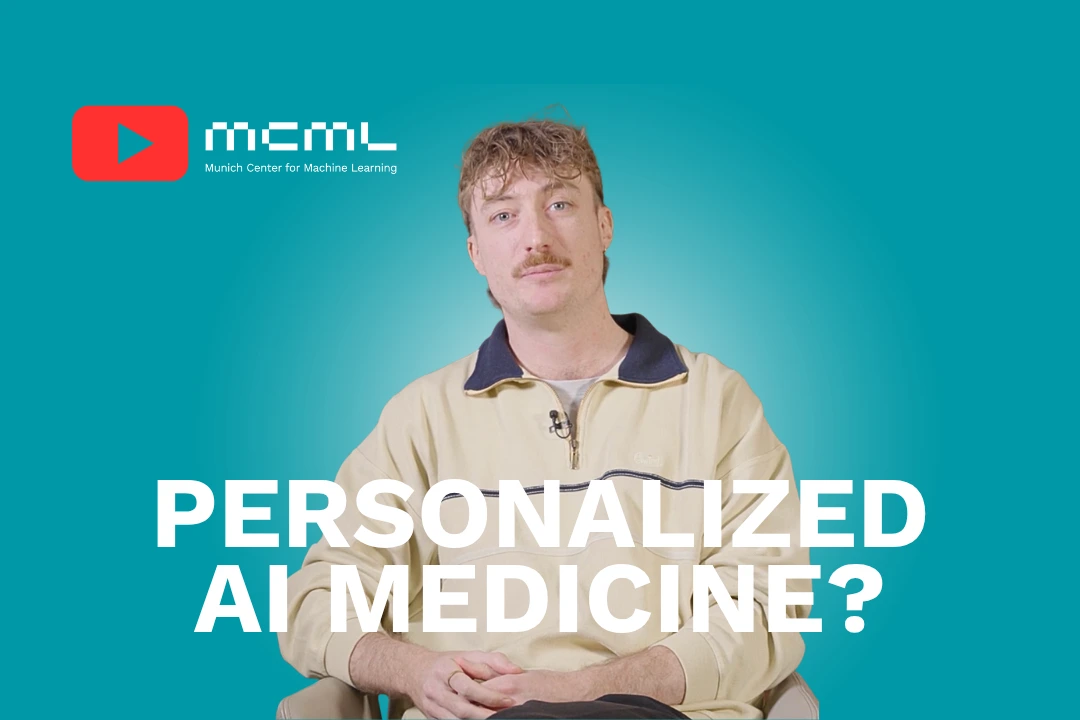
22.09.2025
Predicting Health With AI - With Researcher Simon Schallmoser
Simon Schallmoser uses AI to predict health risks, detect low blood sugar in drivers, and advance personalized, safer healthcare.
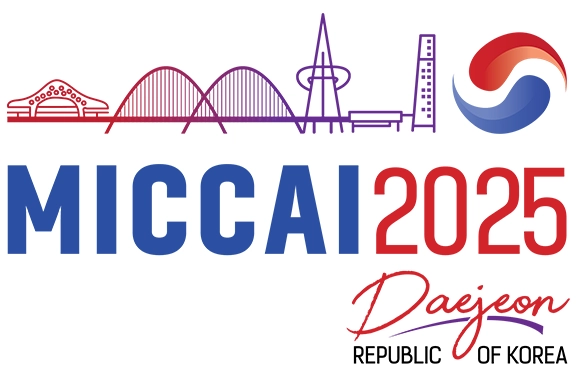
19.09.2025
MCML Researchers With 24 Papers at MICCAI 2025
28th International Conference on Medical Image Computing and Computer Assisted Intervention (MICCAI 2025). Daejeon, Republic of Korea, 23.09.2025 - 27.09.2025
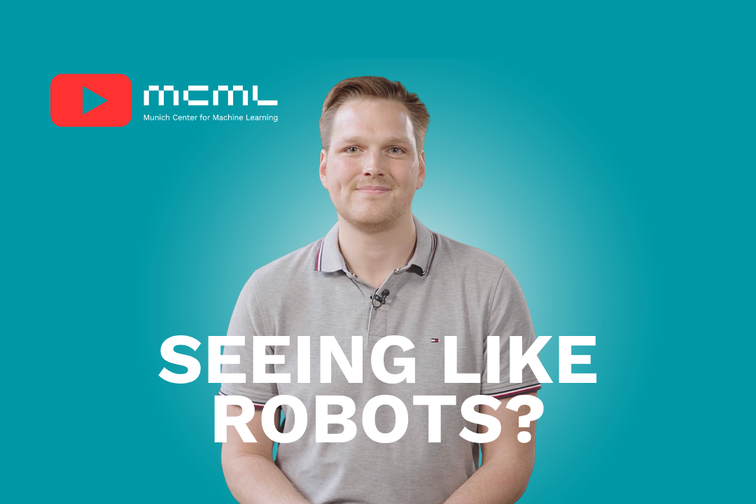
15.09.2025
Robots Seeing in the Dark - With Researcher Yannick Burkhardt
Yannick Burkhardt erforscht Event-Kameras, die Robotern ermöglichen, blitzschnell zu reagieren und auch im Dunkeln zu sehen.
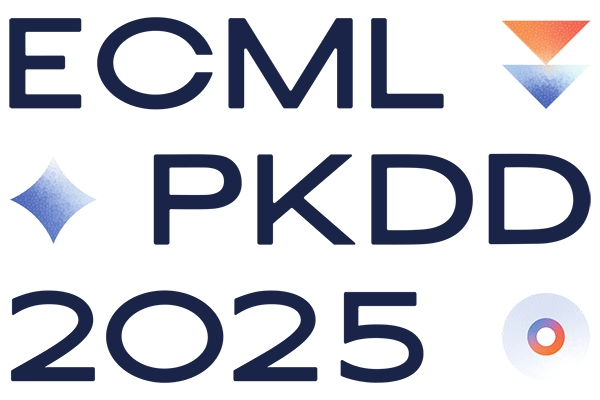
12.09.2025
MCML Researchers With Eight Papers at ECML-PKDD 2025
European Conference on Machine Learning and Principles and Practice of Knowledge Discovery in Database (ECML-PKDD 2025). Porto, Portugal, 15.09.2025 - 19.09.2025










